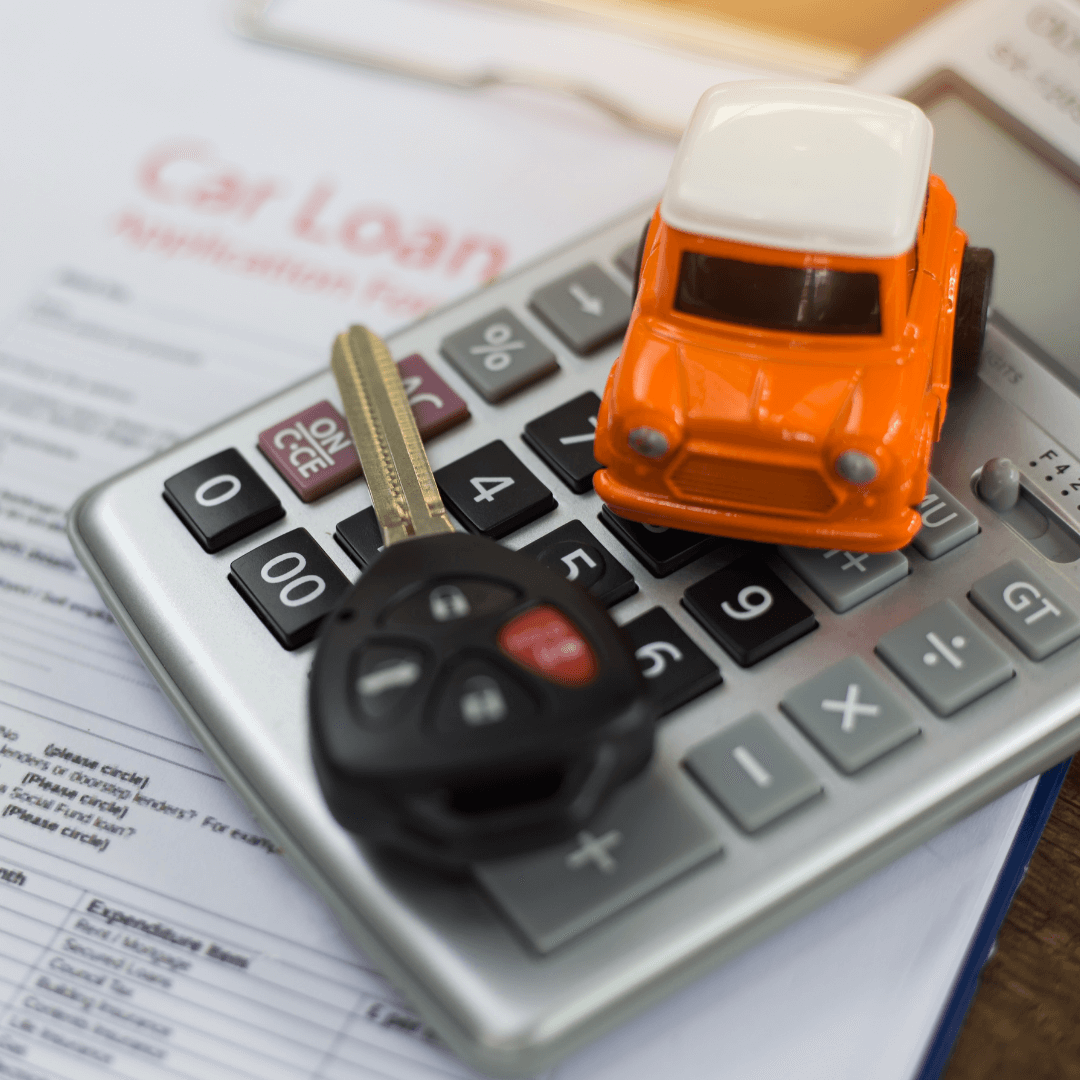Introduction
The realm of autonomous driving is rapidly evolving, driven by the transformative power of artificial intelligence (AI). AI is no longer a futuristic concept; it's becoming an integral part of our daily lives, and the automotive industry is at the forefront of this revolution. Autonomous vehicles, also known as self-driving cars, are poised to reshape the way we travel, commute, and interact with our surroundings.
At the heart of this technological advancement lies AI, enabling vehicles to perceive their environment, make decisions, and navigate complex scenarios with minimal human intervention. From recognizing traffic signals and pedestrians to adapting to changing road conditions, AI algorithms are the driving force behind autonomous vehicles' capabilities.

Perception and Sensing
Autonomous vehicles rely on a sophisticated suite of sensors to gather information about their surroundings. These sensors include:
- Cameras: Capture visual information, enabling the vehicle to identify objects, lanes, and traffic signs.
- LiDAR (Light Detection and Ranging): Emits laser beams to create a 3D map of the environment, providing precise distance and object location data.
- Radar (Radio Detection and Ranging): Uses radio waves to detect objects, even in low-visibility conditions.
- Ultrasonic Sensors: Emit sound waves to detect nearby objects, particularly useful for parking and low-speed maneuvers.
AI algorithms process the data from these sensors, interpreting the environment and identifying potential hazards.
Decision-Making and Control
Once the vehicle has a clear understanding of its surroundings, AI algorithms take over the decision-making process. They analyze the data from the sensors and determine the optimal course of action, including:
- Path Planning: Determining the safest and most efficient route to the destination, considering traffic conditions and obstacles.
- Speed Control: Adjusting the vehicle's speed based on traffic flow, road conditions, and safety considerations.
- Steering Control: Guiding the vehicle along the planned path, avoiding collisions and staying within lane markings.
- Emergency Response: Detecting potential hazards and initiating appropriate actions, such as braking or swerving, to avoid accidents.
Machine Learning and Deep Learning
AI algorithms used in autonomous driving are constantly learning and improving through machine learning and deep learning techniques. These techniques allow the algorithms to:
- Adapt to New Environments: Learn from real-world driving experiences and adapt to different road conditions, weather patterns, and traffic scenarios.
- Improve Accuracy: Refine their ability to perceive objects, interpret traffic signals, and make decisions with greater accuracy over time.
- Enhance Safety: Identify and mitigate potential risks, reducing the likelihood of accidents and improving overall safety on the roads.
The Future of Autonomous Driving
The development of autonomous driving technology is still in its early stages, but the potential benefits are immense. Autonomous vehicles promise to:
- Reduce Traffic Accidents: By eliminating human error, a major cause of accidents, autonomous vehicles could significantly reduce the number of road fatalities.
- Improve Traffic Flow: Optimized path planning and coordinated vehicle movements could lead to smoother traffic flow and reduced congestion.
- Increase Accessibility: Autonomous vehicles could provide transportation options for individuals who are unable to drive themselves, such as seniors, people with disabilities, and children.
- Reduce Environmental Impact: By optimizing driving patterns and reducing congestion, autonomous vehicles could contribute to lower fuel consumption and reduced emissions.
Conclusion
The role of artificial intelligence in autonomous driving is paramount. AI algorithms are the driving force behind the perception, decision-making, and control capabilities of self-driving cars. As AI technology continues to advance, we can expect to see even more sophisticated and reliable autonomous vehicles in the future, transforming the way we travel and interact with our surroundings.




